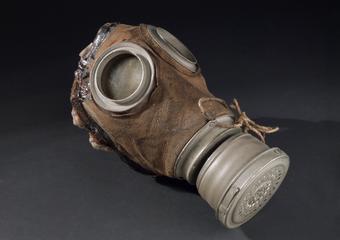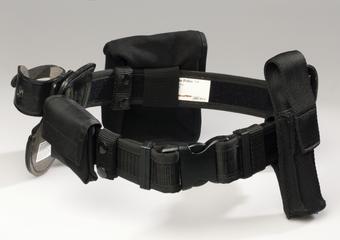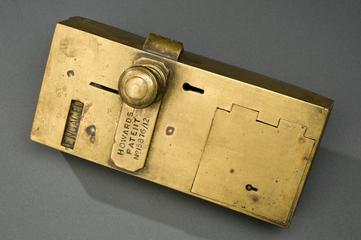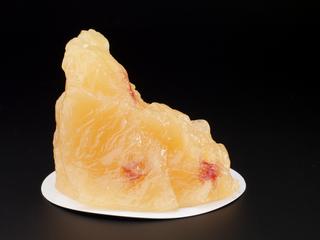
Edward Jenner's ivory vaccination points, England, 1821
- preparer:
- Edward Jenner

Vaccine points, three, prepared by Edward Jenner, 1821- one missing since 1977
Ivory points were used to give smallpox vaccinations. These ivory points were used and prepared by the pioneer of smallpox vaccination himself, Edward Jenner (1749-1823). They measure 25 mm in length. Jenner successfully tested the idea that an attack of cowpox, a milder form of smallpox, gave immunity to smallpox. The vaccine was the lymph material from a pustule of a person already vaccinated with cowpox. Pustules are skin blisters filled with pus that appear approximately five to eight days after vaccination. This is known as arm-to-arm vaccination. The points were rubbed, scratched on, or inserted into a cut in the skin.
Details
- Category:
- Public Health & Hygiene
- Collection:
- Sir Henry Wellcome's Museum Collection
- Object Number:
- A600032
- Materials:
- ivory
- Measurements:
-
overall: .5 mm x 28 mm x 3 mm, .0001 kg
- type:
- vaccination point




